Sustainable fashion trends are reshaping wardrobes and redefining style in 2025. At Style QA, we believe fashion should be styled with purpose and answered with insight. This year, the fashion world is experiencing a shift—one that blends aesthetics, ethics, and environmental consciousness. Whether you’re a trendsetter or a thoughtful consumer, understanding these sustainable fashion trends will help you make informed choices and build a wardrobe that’s both stylish and responsible.
Circular Fashion: Closing the Loop on Waste

Photo by KoolShooters on Pexels
The concept of circular fashion is at the heart of sustainable fashion trends in 2025. Unlike traditional fashion cycles, which often end with garments in landfills, circular fashion focuses on extending the life of clothing through reuse, repair, recycling, and upcycling. Brands are designing with longevity in mind, creating pieces that can be easily repaired, repurposed, or even composted. Consumers are embracing secondhand shopping, clothing rental services, and swap events, making it easier than ever to refresh your wardrobe without contributing to overproduction or waste.
This movement is not just about buying less; it’s about buying smarter. Fashion labels are investing in take-back programs, where worn items are collected, refurbished, and reintroduced into the market. The rise of digital platforms for reselling and swapping clothes has also made circular fashion more accessible. By participating in this loop, you contribute to reducing textile waste and encourage brands to prioritize sustainability in their designs. Circular fashion is a powerful way to ensure your style choices have a positive impact on the planet.
Eco-Friendly Materials: The Rise of Organic and Innovative Fabrics

Photo by RDNE Stock project on Pexels
Another cornerstone of sustainable fashion trends in 2025 is the use of eco-friendly materials. Organic cotton, hemp, bamboo, and linen are gaining popularity for their minimal environmental footprint and natural comfort. These fabrics are produced using methods that conserve water, reduce chemical use, and support regenerative agriculture—farming practices that restore soil health and capture carbon.
Innovation is also driving the adoption of new materials. Vegan leathers made from plant sources like mushrooms, apples, and pineapples are replacing traditional animal-based leathers. Recycled fibers, such as polyester made from post-consumer plastic bottles, are being woven into everything from activewear to evening gowns. These materials not only reduce resource consumption but also inspire designers to create fresh, modern looks. When you choose garments made from sustainable fabrics, you’re supporting a fashion industry that values the health of the planet as much as the beauty of its creations.
Upcycling and DIY: Creativity Meets Consciousness
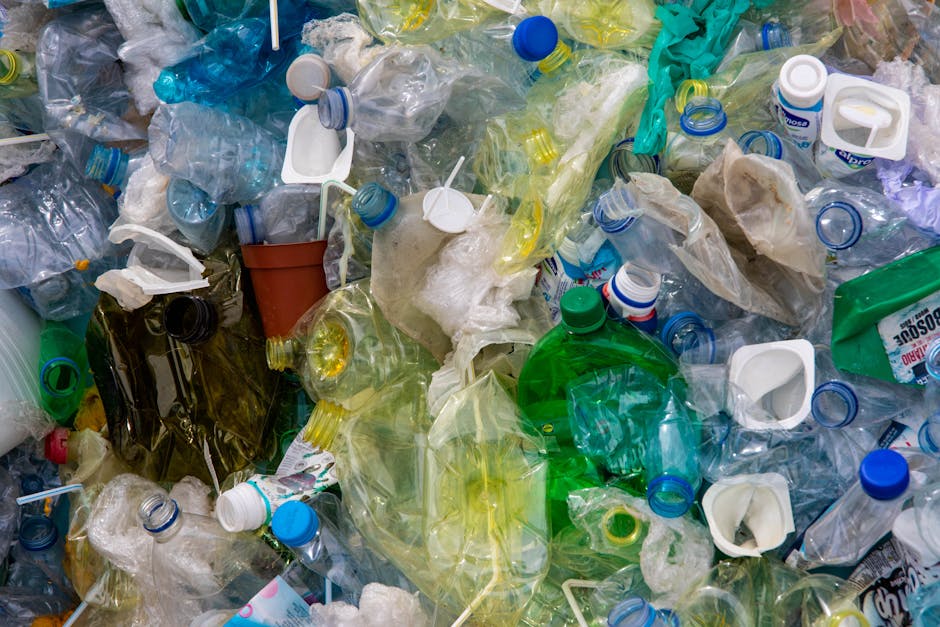
Photo by Magda Ehlers on Pexels
Upcycling has become a defining feature of sustainable fashion trends in 2025. Rather than discarding old clothes, designers and consumers alike are finding creative ways to give them new life. Upcycled fashion includes everything from patchwork denim and reimagined vintage pieces to accessories crafted from fabric scraps. The DIY movement encourages individuals to personalize their wardrobes through embroidery, fabric painting, and custom tailoring, making fashion a form of self-expression and sustainability.
This trend is fueled by a desire to reduce waste and celebrate uniqueness. Many brands now offer limited-edition collections made from surplus materials, ensuring that no two pieces are exactly alike. Upcycling also empowers consumers to take an active role in the fashion process, fostering a deeper connection to their clothing. By embracing upcycled and DIY fashion, you not only reduce your environmental impact but also cultivate a wardrobe that tells your personal story.
Minimalism and Versatility: Quality Over Quantity

Photo by Paula Schmidt on Pexels
The shift towards minimalism is another key aspect of sustainable fashion trends in 2025. As awareness grows about the environmental and social costs of fast fashion, consumers are prioritizing quality over quantity. Minimalist fashion focuses on timeless silhouettes, neutral colors, and versatile pieces that can be mixed and matched across seasons and occasions.
This approach encourages thoughtful purchasing and discourages impulse buying. Investing in well-made garments that last longer reduces the need for constant replacements and helps combat the throwaway culture. Capsule wardrobes—collections of essential items that can be worn in multiple ways—are gaining traction as a practical solution for those seeking both style and sustainability. By adopting a minimalist mindset, you create a wardrobe that is functional, elegant, and aligned with your values.
Transparency and Ethical Production: Knowing Your Fashion Footprint
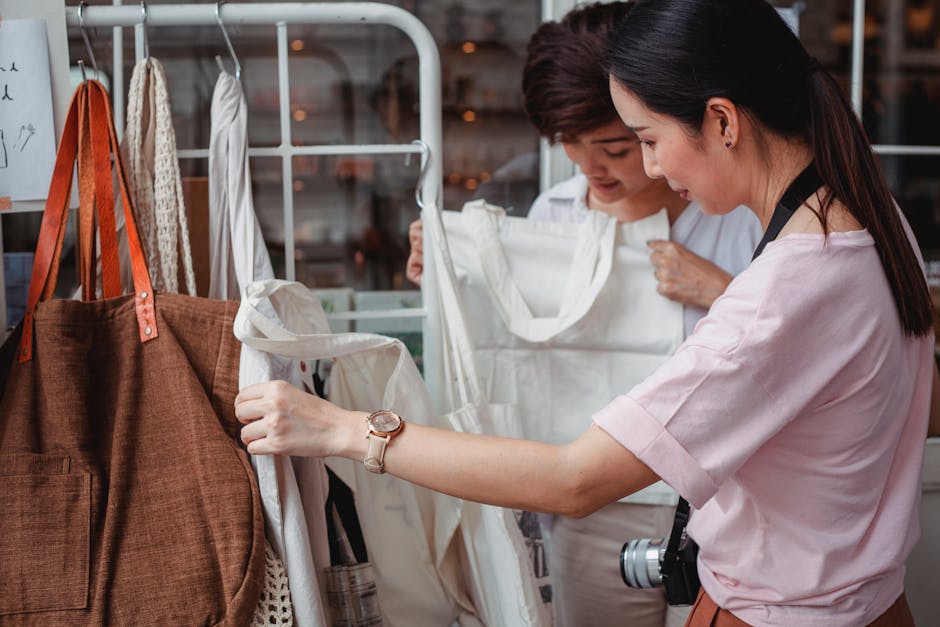
Transparency in the fashion supply chain is more important than ever in 2025. Consumers want to know where their clothes come from, how they are made, and who is making them. Brands are responding by sharing detailed information about their sourcing, manufacturing processes, and labor practices. Certifications and traceability tools are helping shoppers make informed decisions and support companies that prioritize ethical production.
Ethical fashion goes beyond fair wages and safe working conditions; it encompasses respect for both people and the planet. Many brands are partnering with artisans and small-scale producers to preserve traditional crafts and empower communities. By choosing transparent and ethically produced fashion, you contribute to a more equitable and responsible industry—one that values human dignity as much as design innovation.
Tech-Driven Sustainability: The Future of Fashion Innovation
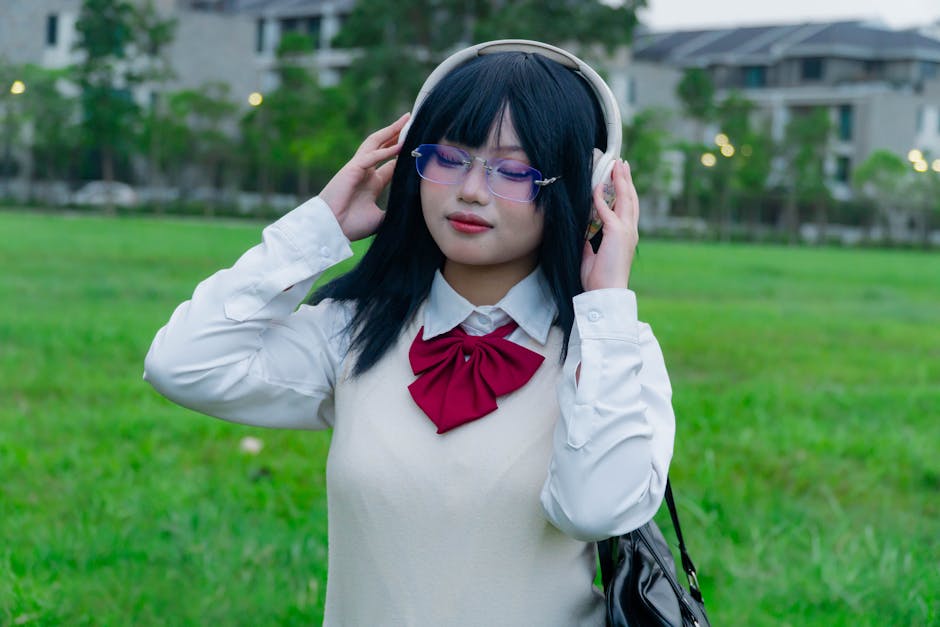
Photo by Tiến Anh Hoàng on Pexels
Technology is playing a pivotal role in shaping sustainable fashion trends in 2025. From digital design tools that minimize waste to blockchain systems that ensure supply chain transparency, tech innovations are making it easier for brands and consumers to make sustainable choices. 3D printing, for example, allows for on-demand production, reducing overstock and resource use. Smart fabrics with moisture-wicking, antimicrobial, or biodegradable properties are enhancing both performance and sustainability.
Artificial intelligence is also being used to predict trends, optimize inventory, and personalize shopping experiences, reducing excess production and unsold stock. Virtual fitting rooms and augmented reality apps enable customers to try on clothes digitally, minimizing returns and their associated environmental impact. As technology continues to evolve, it will unlock new possibilities for eco-friendly fashion, making it more accessible, efficient, and exciting than ever before.
Building a Purposeful Wardrobe: Tips for Sustainable Style
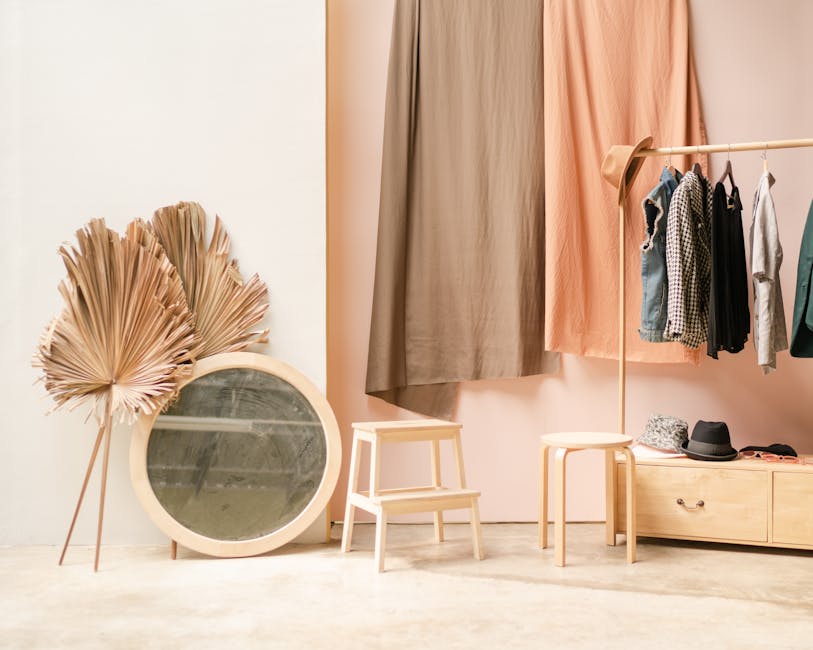
Photo by Nugroho Wahyu on Pexels
Embracing sustainable fashion trends in 2025 is about more than following what’s popular—it’s about making intentional choices that reflect your values. Here are some practical tips for building a purposeful, stylish wardrobe:
- Prioritize quality over quantity: Invest in pieces that are well-made and versatile.
- Embrace circular fashion: Buy secondhand, participate in clothing swaps, and support brands with take-back programs.
- Choose eco-friendly materials: Look for garments made from organic, recycled, or innovative fabrics.
- Get creative with upcycling: Personalize old clothes or support brands that offer upcycled collections.
- Support transparent and ethical brands: Research companies’ supply chains and labor practices before making a purchase.
- Adopt a minimalist mindset: Build a capsule wardrobe with timeless essentials.
- Leverage technology: Use digital tools and apps to make more informed, sustainable shopping decisions.
By following these guidelines, you can cultivate a wardrobe that’s not only fashionable but also meaningful. Sustainable fashion is a journey—one that invites you to express your individuality while caring for the world around you.
The Lasting Impact of Sustainable Fashion Trends
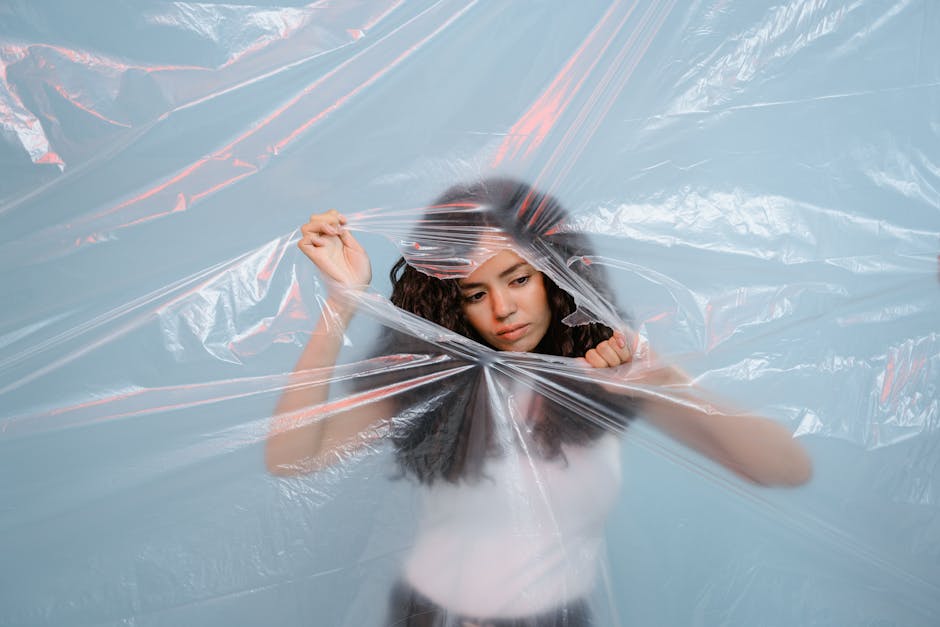
Photo by MART PRODUCTION on Pexels
Sustainable fashion trends in 2025 are more than fleeting fads—they represent a lasting shift towards conscious consumption and responsible design. As the industry evolves, so do the expectations and values of consumers. By choosing sustainable fashion, you become part of a global movement that champions creativity, integrity, and stewardship of the planet.
At Style QA, we’re committed to providing you with the insight and inspiration you need to navigate this changing landscape. Fashion can be both beautiful and purposeful, and your choices have the power to shape a better future. Stay stylish, stay informed, and join us in making fashion a force for good.
Sources
- https://trellis.net/article/10-sustainable-fashion-trends-to-watch-in-2025/
- https://hayden-hill.com/blogs/journal/sustainable-fashion-trends-to-watch-in-2025
- https://ethikonline.com/blogs/featured-articles/sustainable-fashion-trends-2025
- https://swagcycle.net/upcycled-fashion-trends-for-2024-whats-in-and-whats-out/
- https://ecoskills.academy/4-key-drivers-of-sustainable-fashion-in-2025/

